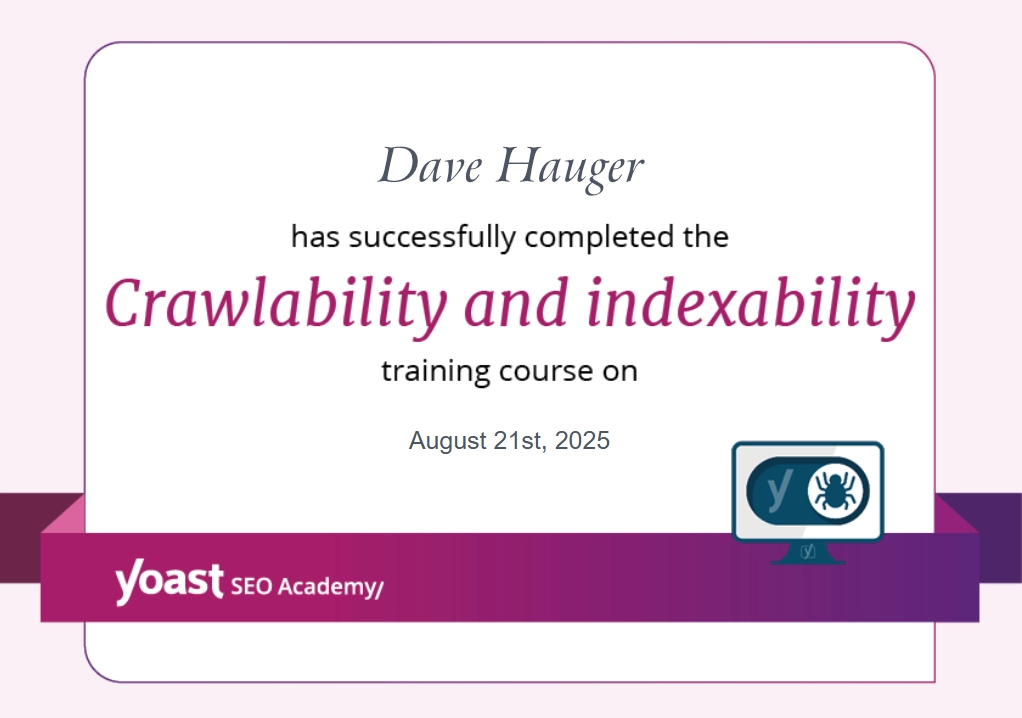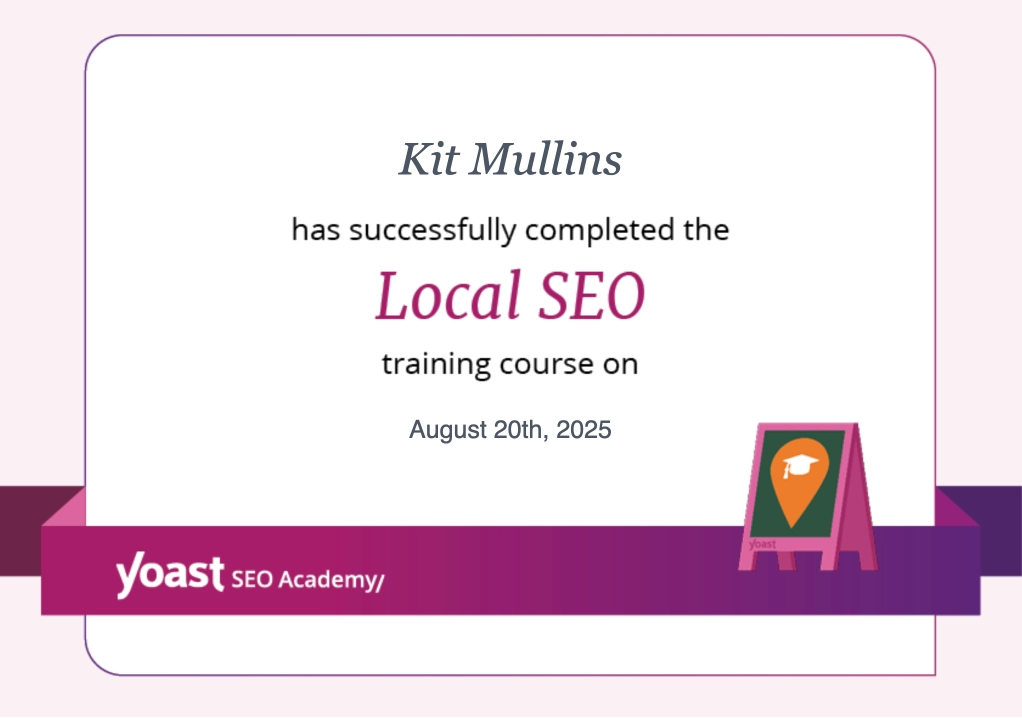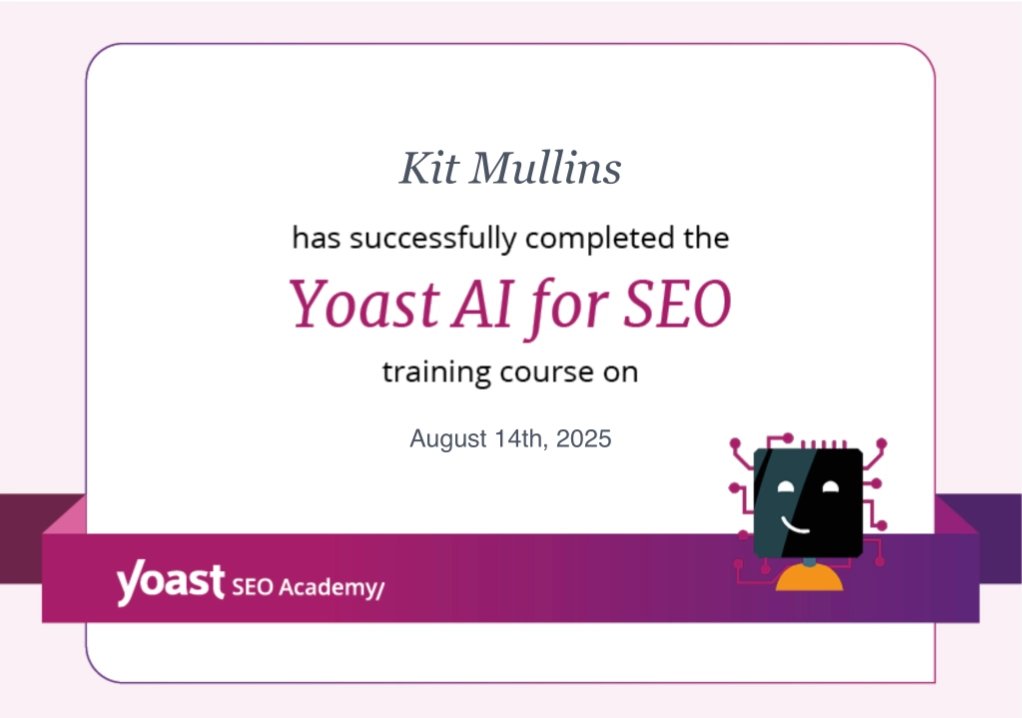Email marketing remains a highly effective and cost-efficient tool for small businesses to connect with their local audience. With the right strategies in place, email marketing can help you engage with potential customers, build brand loyalty, and drive revenue. In this article, we outline seven key steps for small businesses to leverage email marketing to effectively reach and engage their local audience.
Build a High-Quality Email List
Starting off, the foundation of successful email marketing is a high-quality and engaged email list. Focus on collecting email addresses from customers who have expressed genuine interest in your products or services. Utilize sign-up forms on your website, social media pages, and physical store locations to capture email addresses. Offer incentives, such as exclusive discounts or informative newsletters, to encourage sign-ups.
Segment Your local Email marketing List
Segmentation allows you to personalize your email content and deliver targeted messages to different groups within your local audience. Consider, for example, segmenting your list based on factors like location, demographics, purchase history, and customer preferences. This enables you to send relevant and compelling emails that resonate with specific segments, increasing the likelihood of engagement and conversion.
Create Engaging Content
Crafting compelling and relevant content is crucial for capturing the attention of your local audience. Personalize your emails with the recipient’s name and tailor the content to their specific interests or needs. Share valuable information, exclusive offers, local news or events, and behind-the-scenes stories about your business. Strive for a balance between promotional and informational content to avoid overwhelming recipients with sales-driven messages.
Design Mobile-Responsive Emails
As more people access their emails on mobile devices, it’s essential to optimize your email design for mobile responsiveness. Therefore, you want to ensure that your emails are easy to read and navigate on smartphones and tablets. Use a clean and visually appealing layout, concise text, and compelling visuals to capture attention and maintain engagement.

Timing and Frequency for local email marketing
Finding the right balance between sending too many and too few emails is crucial. Pay attention to the frequency of your email campaigns and monitor the engagement metrics to determine what works best for your audience. To be strategic, avoid bombarding recipients with daily emails, as it may lead to unsubscribes or being marked as spam. Instead, establish a consistent schedule and consider sending emails during optimal times, such as weekdays or weekends when your target audience is most likely to check their emails.
Incorporate Call-to-Actions (CTAs)
Email marketing is not just about delivering information; it’s also about driving specific actions from your recipients. Every email should include clear and compelling call-to-actions (CTAs) that direct readers to take the desired action. Whether it’s making a purchase, visiting your store, signing up for an event, or sharing your content on social media, a well-placed and persuasive CTA can significantly impact conversion rates.
Monitor and Analyze Results
Regularly, it is a good idea to monitor the performance of your email campaigns to evaluate their effectiveness. Pay attention to metrics like open rates, click-through rates, conversions, and unsubscribe rates. These insights will help you understand what resonates with your local audience and refine your email marketing strategies accordingly. Utilize email marketing platforms that offer analytics and reporting features to gain deeper insights into your campaigns. For more on this topic, here are eight email marketing metrics and KPIs you should be tracking.
Undoubtedly, email marketing offers independent small businesses a powerful tool to connect with their local audience, nurture relationships, and drive growth. By building a high-quality email list, segmenting it effectively, creating engaging content, optimizing for mobile devices, and incorporating compelling CTAs, small businesses can harness the full potential of email marketing. Regular monitoring and analysis of campaign performance will enable businesses to refine their strategies and build long-lasting connections with their local customers, ultimately contributing to their overall success.
For more strategies and ideas for local marketing, please check out our latest articles.

About the Author
Kit Mullins, co-owner of Jemully Media, LLC, has been a leader in digital marketing for more than twenty years. A writer, designer, and developer, Kit enjoys travel, photography, and Bible study. With six kids and fifteen grandkids, she has no choice but to find ways to be creative.






